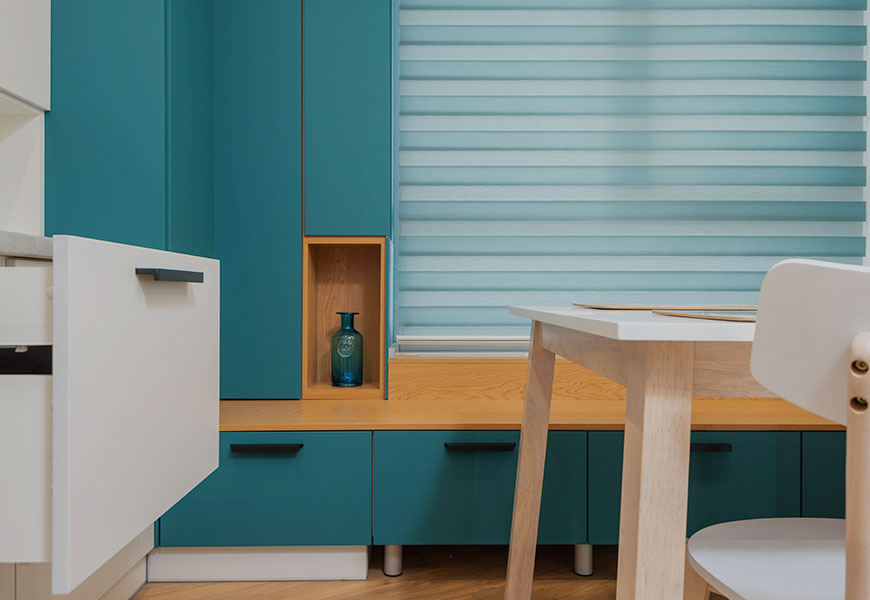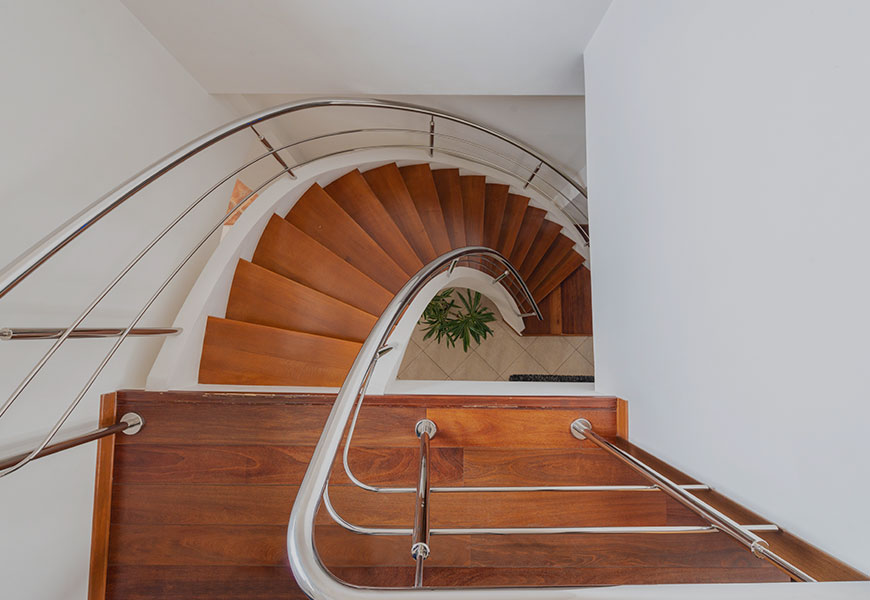- Sustainability Focus: With increasing awareness of environmental issues, there may be a continued emphasis on sustainable and eco-friendly design practices. This could include the use of recycled materials, energy-efficient appliances, and biophilic design elements to bring nature indoors.
- Flexible and Multi-Functional Spaces: As remote work and flexible lifestyles become more common, there may be a demand for adaptable living spaces that can serve multiple purposes. Design concepts like movable walls, modular furniture, and convertible rooms could gain popularity, allowing spaces to transform according to the needs of the occupants.
- Tech Integration: The integration of smart home technology is likely to continue, with a focus on seamless integration and user-friendly interfaces. This could include smart lighting systems, voice-activated controls, and home automation features that enhance convenience and comfort.
- Bold Colors and Patterns: While pastel colors and neutral palettes have been popular in recent years, there may be a shift towards bolder colors and patterns in 2024. Vibrant hues, geometric patterns, and eclectic mixes of textures could add personality and drama to interior spaces.
- Cultural Influences: With an increasingly globalized world, interior design trends may draw inspiration from diverse cultures and traditions. This could manifest in the use of ethnic textiles, artisanal craftsmanship, and cultural motifs to create unique and eclectic interiors.
- Wellness and Biophilia: The focus on wellness-oriented design is likely to continue, with an emphasis on creating spaces that promote physical and mental well-being. Biophilic design principles, such as incorporating natural light, indoor plants, and organic materials, could be integrated to create calming and rejuvenating environments.
- Minimalism with a Twist: While minimalism has been a dominant trend in interior design, there may be a shift towards a more curated and personalized approach. This could involve pairing minimalist aesthetics with statement pieces, vintage finds, and meaningful objects that reflect the individuality of the homeowner.
- Texture Play: Texture will continue to play a significant role in interior design, with a focus on tactile materials that add depth and interest to spaces. Textured walls, tactile fabrics, and sculptural elements could be used to create sensory-rich environments that engage the senses.
Overall, the future of interior design in 2024 is likely to be dynamic and diverse, with a focus on sustainability, flexibility, and well-being, as well as a celebration of individuality and cultural diversity.


